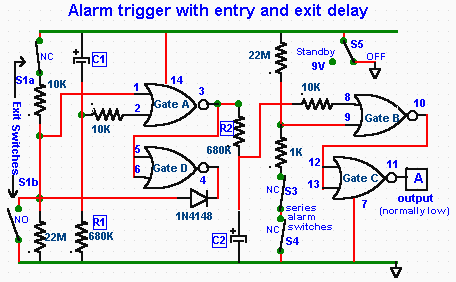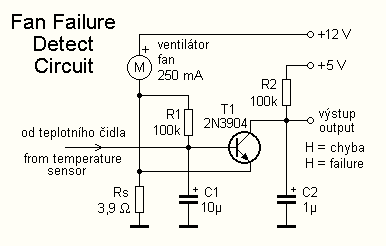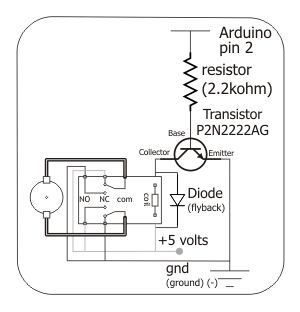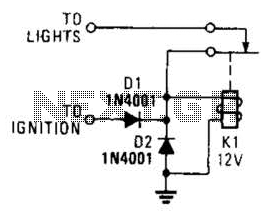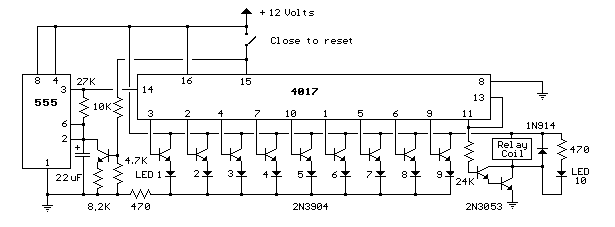
Intercom Circuit Using LM390

This circuit for an intercom is a stand-alone electronic communications system designed for limited or private dialogue. The schematic illustrates the application circuit of the LM390 in the intercom configuration. Gain control can be achieved by capacitively coupling a resistor (or FET) from pin 6 to ground.
The intercom circuit utilizes the LM390 integrated circuit, which is specifically designed for low-power audio applications. The primary function of the LM390 in this circuit is to amplify the audio signals for clear communication between two parties. The circuit is typically powered by a low-voltage DC supply, ensuring safety and efficiency.
In the schematic, the input audio signals are fed into the circuit through a microphone, which converts sound waves into electrical signals. These signals are then processed by the LM390, where the gain can be adjusted using an external component connected to pin 6. The choice of a resistor or a Field Effect Transistor (FET) for gain control allows for flexibility in tuning the audio output to the desired level.
The output of the LM390 is connected to a speaker or earphone, enabling the user to hear the amplified audio signal. Additional passive components, such as capacitors and resistors, are used in the circuit to filter noise and stabilize the power supply, enhancing overall performance and reliability.
This intercom system is suitable for applications where secure and private communication is necessary, such as in residential buildings, offices, or small facilities. Its simplicity and effectiveness make it a popular choice for users seeking a straightforward audio communication solution.This is a circuit for an intercom is a is a stand-alone electronic communications system intended for limited or private dialogue. Below schematic shows the application circuit of LM390 on intercom. Gain control can be done by capacitively coupling a resistor (or FET) from pin 6 to ground. This is the figure of the circuit; 🔗 External reference
The intercom circuit utilizes the LM390 integrated circuit, which is specifically designed for low-power audio applications. The primary function of the LM390 in this circuit is to amplify the audio signals for clear communication between two parties. The circuit is typically powered by a low-voltage DC supply, ensuring safety and efficiency.
In the schematic, the input audio signals are fed into the circuit through a microphone, which converts sound waves into electrical signals. These signals are then processed by the LM390, where the gain can be adjusted using an external component connected to pin 6. The choice of a resistor or a Field Effect Transistor (FET) for gain control allows for flexibility in tuning the audio output to the desired level.
The output of the LM390 is connected to a speaker or earphone, enabling the user to hear the amplified audio signal. Additional passive components, such as capacitors and resistors, are used in the circuit to filter noise and stabilize the power supply, enhancing overall performance and reliability.
This intercom system is suitable for applications where secure and private communication is necessary, such as in residential buildings, offices, or small facilities. Its simplicity and effectiveness make it a popular choice for users seeking a straightforward audio communication solution.This is a circuit for an intercom is a is a stand-alone electronic communications system intended for limited or private dialogue. Below schematic shows the application circuit of LM390 on intercom. Gain control can be done by capacitively coupling a resistor (or FET) from pin 6 to ground. This is the figure of the circuit; 🔗 External reference
